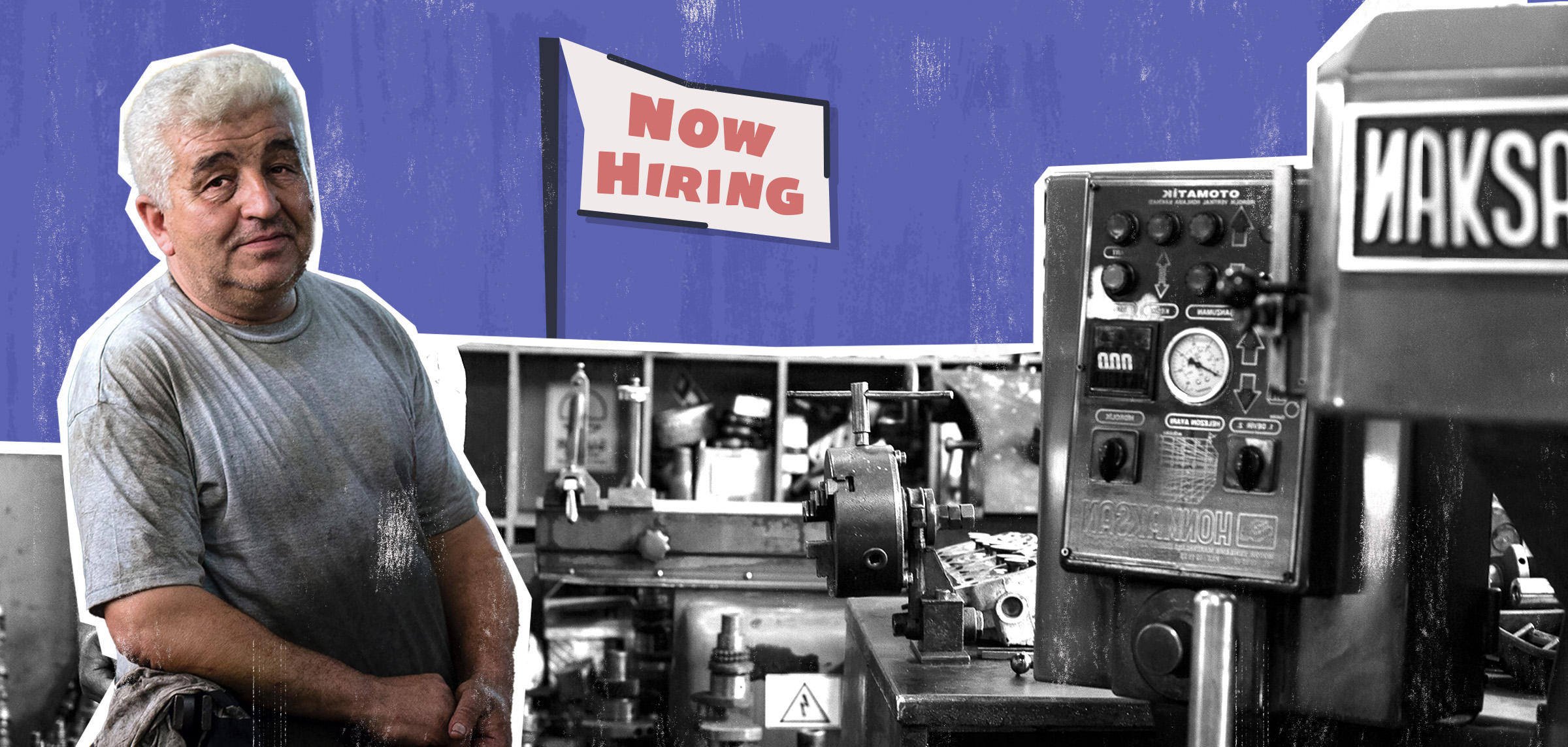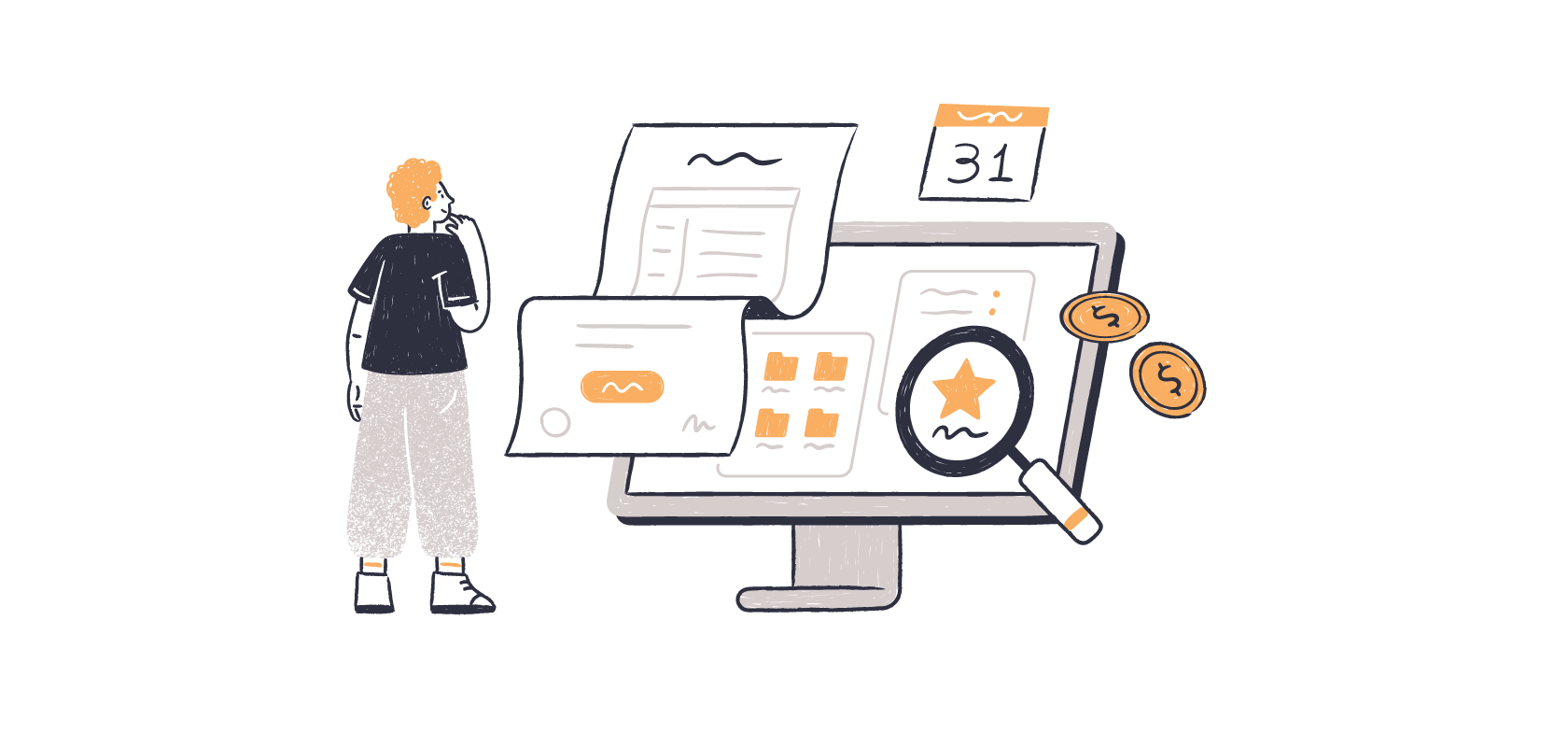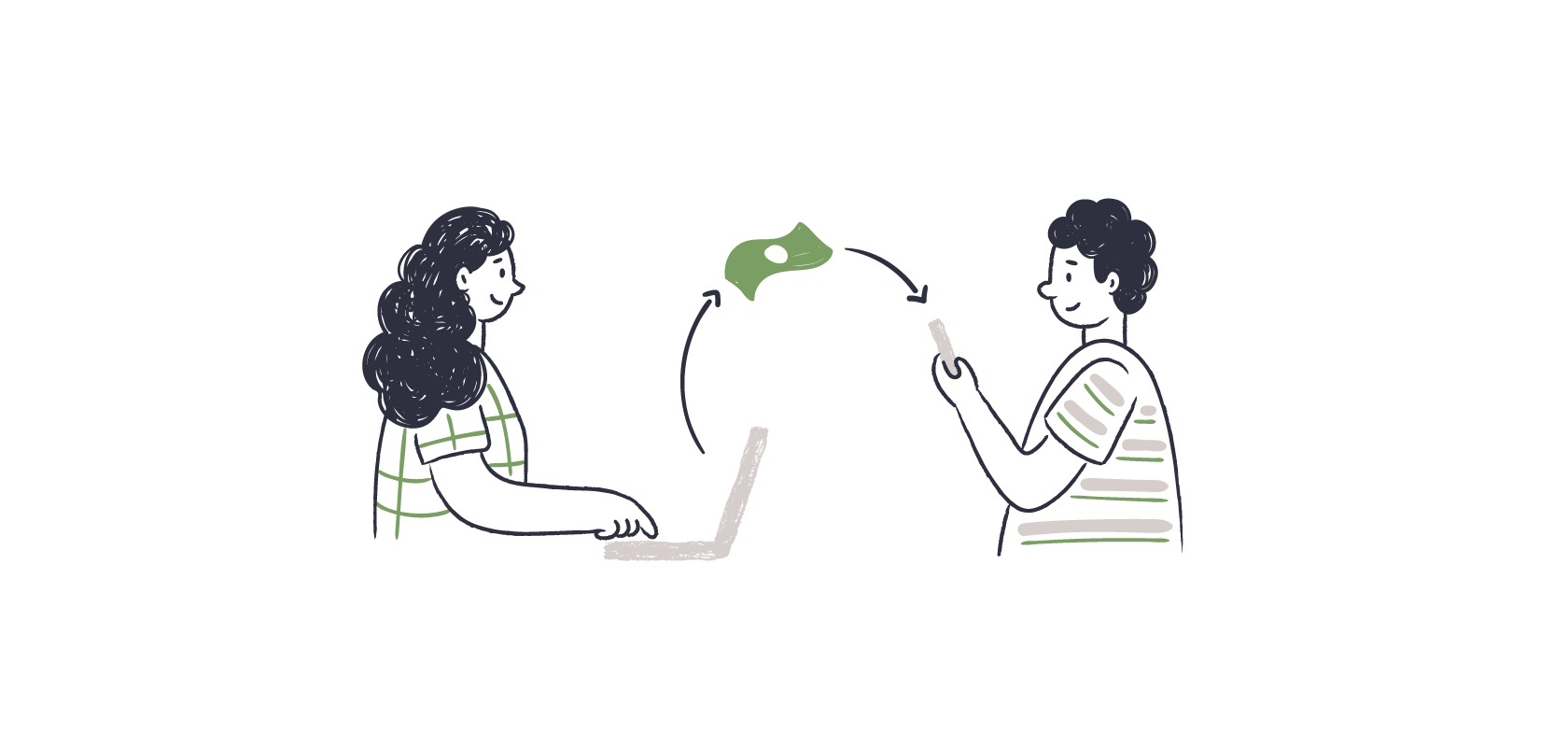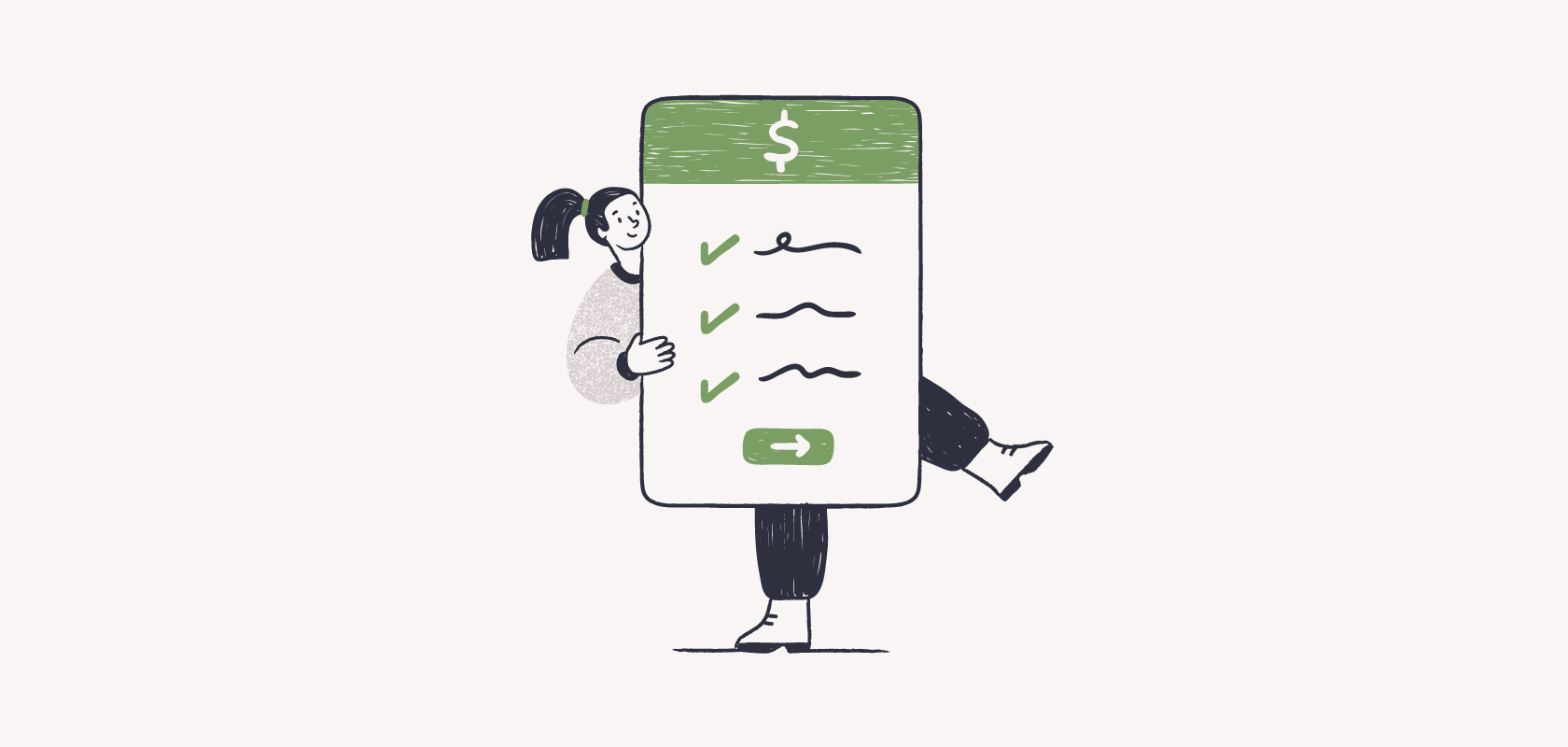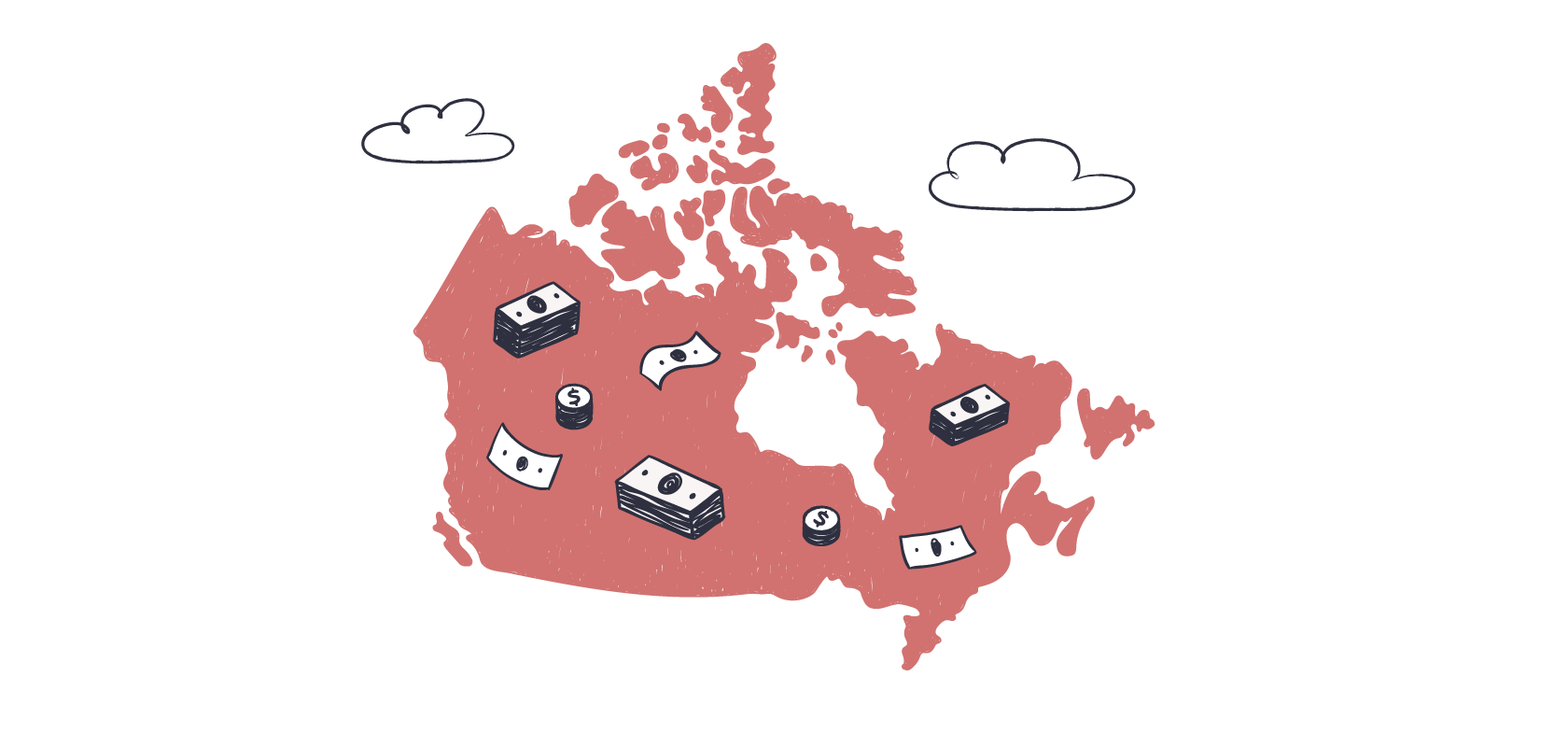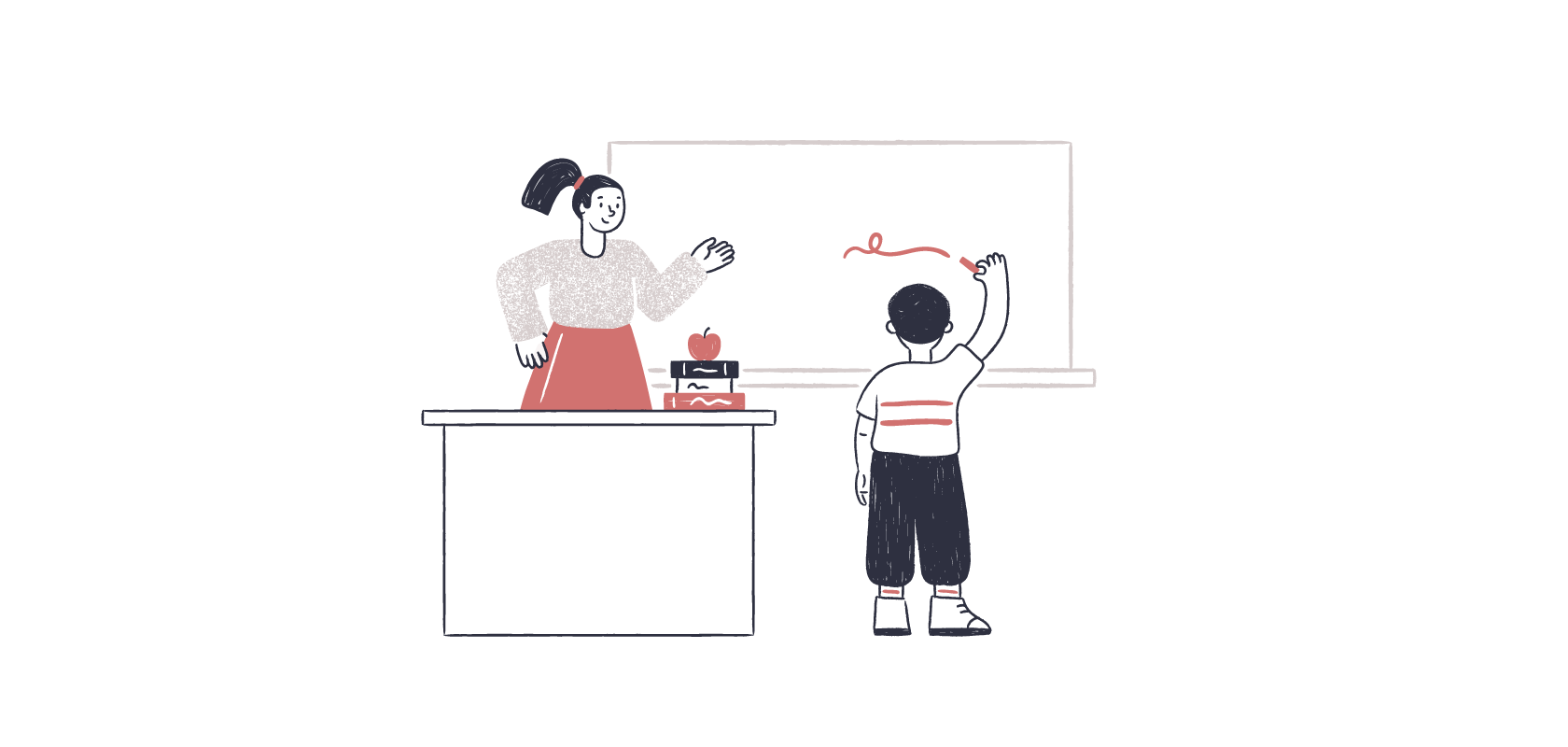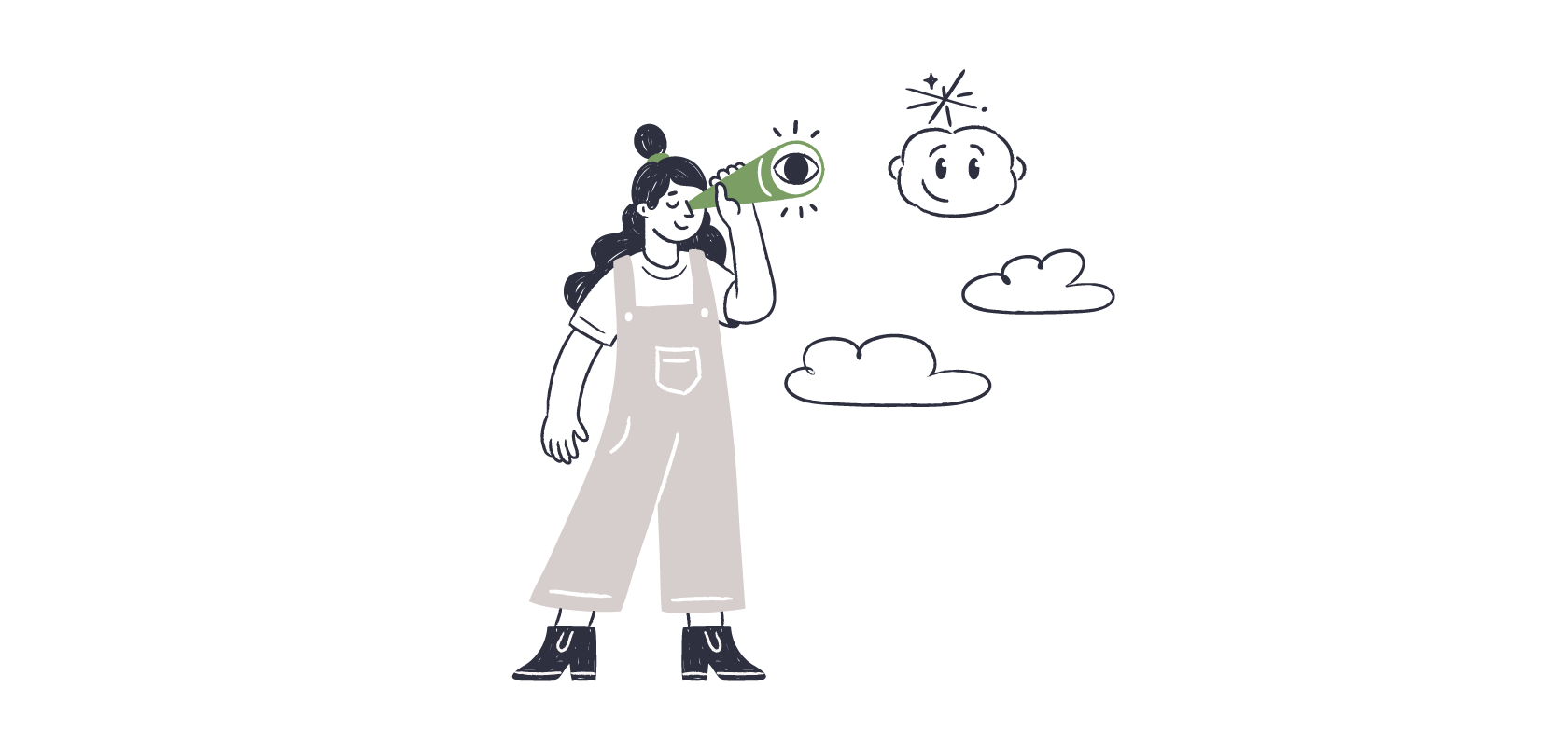Become an insider!
Get our latest payroll and small business articles sent straight to your inbox.
In April 2021, the Government of Canada released its 2021 Federal Budget: A Recovery Plan for Jobs, Growth, and Resilience, which included a new program called the “Canada Recovery Hiring Program (CRHP)“. Eric Saumure, CPA, CA, Principal of Zenbooks and Wagepoint Partner, summarizes the key implications and impacts of the new CRHP and what it means for your Canadian small business.
👉Check out our Small Business Guide to the 2021 Canadian Federal Budget
What is the Canada Recovery Hiring Program (CRHP)?
The Canada Recovery Hiring Program (CRHP) provides up to 50% of incremental remuneration paid to eligible employees between June 6, 2021 and November 20, 2021.
Introduced in the 2021 Budget, the CRHP is for Canadian small business owners — not for publicly traded or foreign companies — and is intended to be the transition program to wean off employers from the Canada Emergency Wage Subsidy (CEWS). Small business owners and accountants can choose to apply for either the CRHP or the CEWS.
How do I know if I qualify for the CRHP?
If your small business qualified for the CEWS, you’ll likely qualify for the CRHP. This includes:
- Taxable Canadian-controlled private corporations (including co-operative corporations that are eligible for the small business deduction) and trusts.
- Individuals.
- Registered charities.
- Non-profit organizations.
- Partnerships — provided that at least 50% of the fair market value (FMV) of all interests in the partnership are held by partners that would otherwise be eligible for the subsidy.
- Eligible employers, or their payroll service provider, must have a Canada Revenue Agency (CRA) payroll account number on March 15, 2020.
You’ll also need to show a 10% decline in revenue — except for the first period, which allows for any reduction.
|
Period |
Revenue decline required |
Subsidy rate |
|
June 6, 2021 to July 3, 2021 |
>0% |
50% |
|
July 4, 2021 to July 31, 2021 |
>10% |
50% |
|
August 1, 2021 to August 28, 2021 |
>10% |
50% |
|
August 29, 2021 to September 25, 2021 |
>10% |
40% |
|
September 26, 2021 to October 23, 2021 |
>10% |
30% |
|
October 24, 2021 to November 20, 2021 |
>10% |
20% |
The revenue decline calculation is to be done in the same way as the Canada Emergency Wage Subsidy (CEWS):
- Current month vs. same month (pre-pandemic)
- For example: June 2021 vs. June 2019
- Current month vs. January – February 2020 average (alternative approach)
- For example: June 2021 vs. January–February 2020 average
- Last month’s revenue decline
- For example: May 2021 vs. May 2019 or May 2021 vs. January–February 2020 average
The revenue recognition and bookkeeping of your revenue reduction needs to be determined in the same manner as when you applied for the CEWS. In other words, you can’t pick the method that gives a larger subsidy. Please note that the program is not available for furloughed employees.
Employees’ eligible remuneration is capped at a maximum of $1,129 per week or baseline remuneration.
How do I apply for the Canada Recovery Hiring Program (CRHP)?
Applications are open through:
Tips and tricks.
- Calculate both the CEWS and CRHP amounts for June onwards to see which program offers the greatest benefit. It is likely more beneficial to apply for the CRHP if you had a small revenue decline, but a large increase in remuneration.
- One of the main impacts of the program is that small business owners now have a large financial incentive to hire now (and quickly!) They get these salaries subsidized until November 2021.
- As a small business owner, you just need to ensure you are getting what you qualify for. Sometimes it seems the regulations just do not seem to fit your small business. For example, if you started your business in 2020 or have multiple businesses with arm-length management fees, you would likely not qualify for the CRHP. It is not expected that the CRA will apologize for their treatment of an inequitable regulation.
- Be careful about Canada Emergency Wage Subsidy and Canada Recovery Hiring program tax schemes. Some tax preparers and promoters are introducing their clients to illegal tax schemes that falsify salaries or artificially decrease revenues to falsely become eligible for these programs. In exchange for their services, they often charge a flat fee or a percentage of the return. Only work with reputable accountants when preparing subsidy applications or evaluating tax planning opportunities. You are ultimately responsible for any wrongdoing.
- Do not forget the last month’s revenue decline option. If you had a big decline last month, you could use that amount to qualify for a current month which may have had a large increase in revenue.
- If you are unsure about your application, reach out to a qualified tax professional who can assist you. Much like how CRA has started to conduct audits on the 10% Temporary Wage Subsidy (TWS), Canada Emergency Response Benefit (CERB), Canada Recovery Benefit (CRB) and Canada Emergency Wage Subsidy (CEWS), we also expect significant audit implication and interest from the CRA on the CRHP to ensure subsidies are being paid in line with regulations.
Always supporting Canadian small business owners.
Thank you Eric and Zenbooks for helping small business owners across Canada by summarizing how the CRHP works! Feel free to reach out to Eric to talk CRHP or anything small business.
The advice we share on our blog is intended to be informational. It does not replace the expertise of accredited business professionals.
